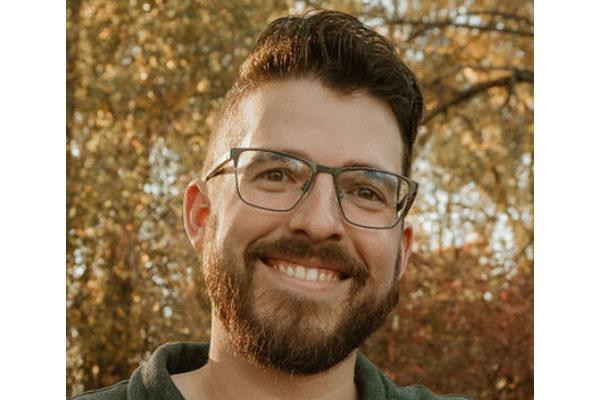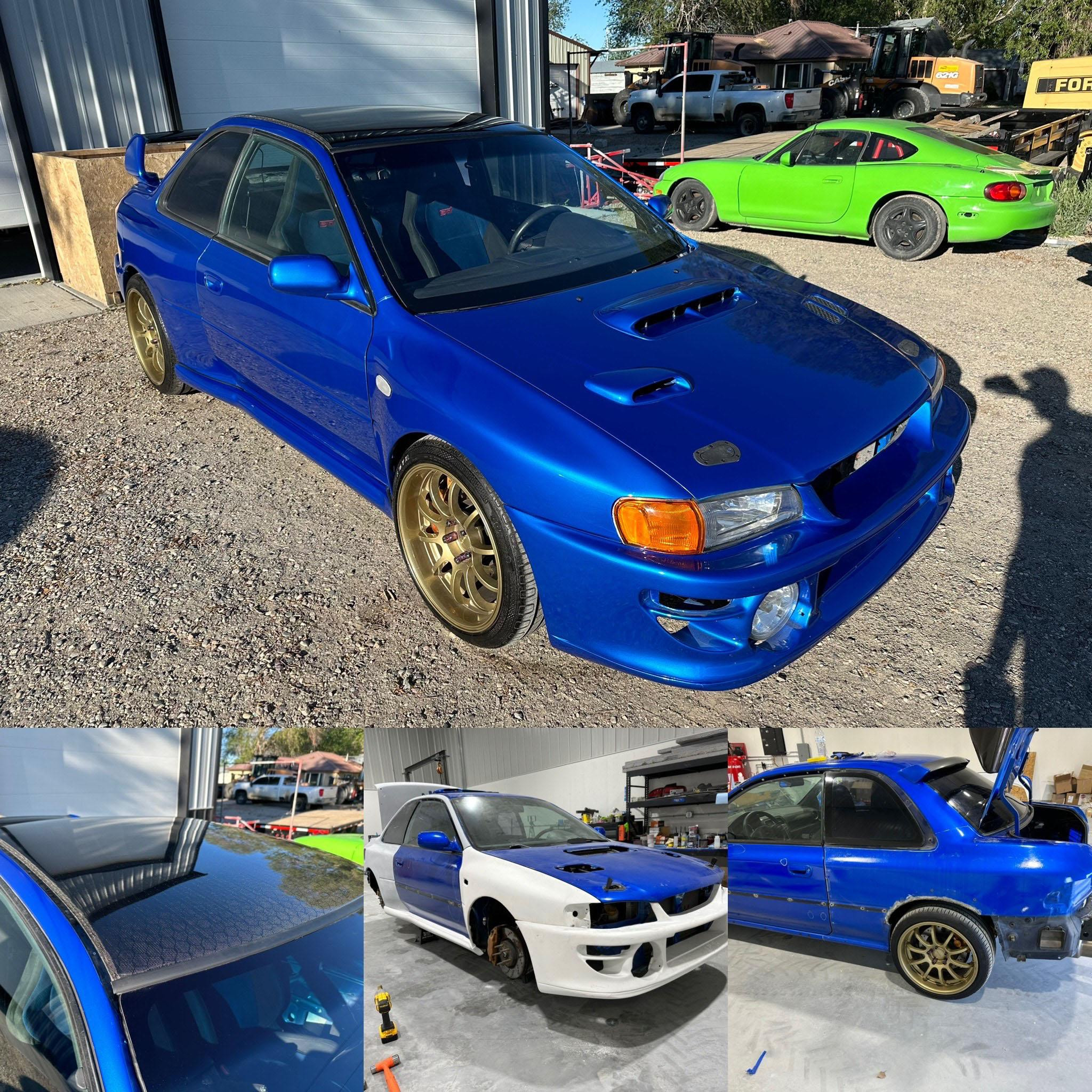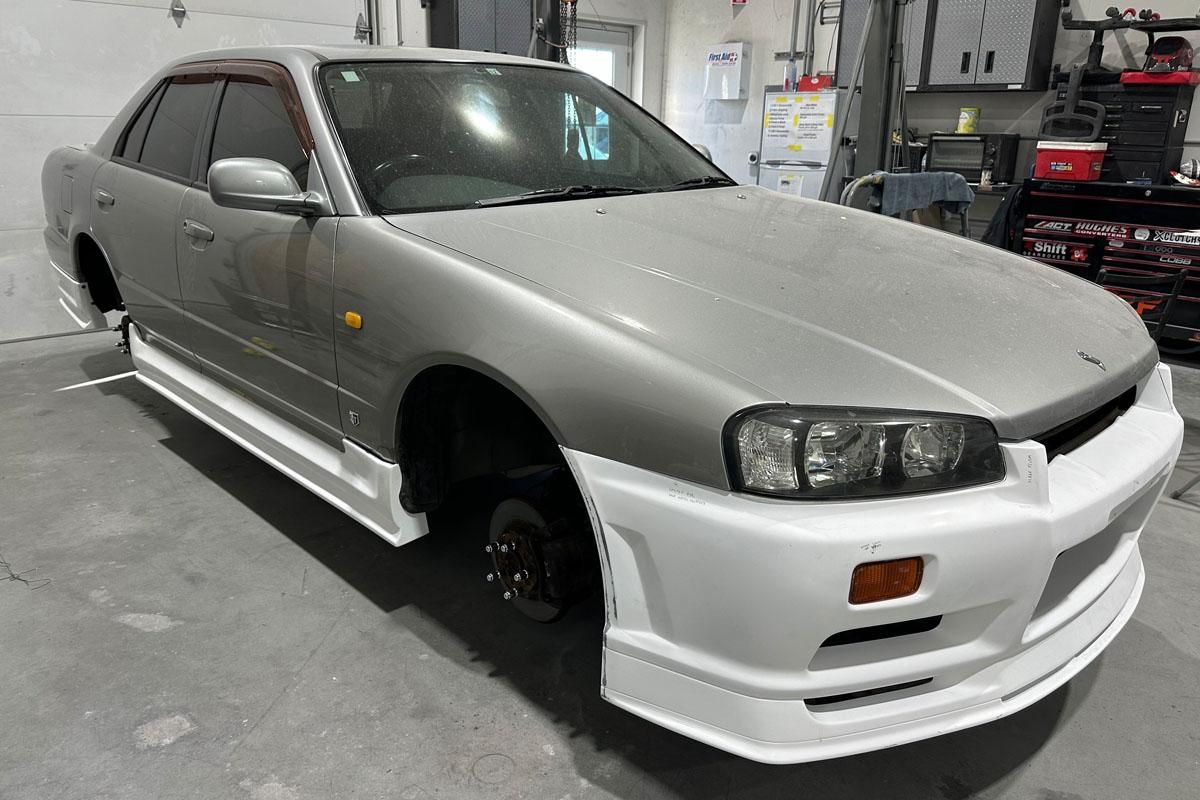Idaho body shop owner Zachary Huckbody tells of the guy who came to him with an OBS (Old Body Style) Chevy stepside pickup, saying no shop in the area would work on a truck three decades old. Huckbody took the task, saying on social media that “for some rust repair and a new paint job,” the customer paid $24,000.
“We got it done in a few weeks, and he was happy.”
Yet even that ‘90s-era truck would seem like something out of ‘70s TV show “The Waltons,” itself set in the 1930s, compared to “modern classics” -- that growing cadre of vehicles rolling into resto shops, sometimes having rolled off assembly lines post-Y2K.
“Vehicles from the 2000s [led] auction listings for the second consecutive year” in 2024, a press release from auctioneer Bring a Trailer (BaT) said. The most-listed model years by volume were 2004 to 2008.
“We’re seeing an increased interest in cars that mark the end of the analog era,” said Randy Nonnenberg, BaT co-founder and president, in the release.
Four of the five most popular BaT auctions based on people’s interaction with listings were no older than 1991. Three of the five priciest vehicles sold were less than five years old.
Never Trust Any ‘Classic’ Under 30?
“As more Millennial and Gen Z buyers enter the market, the trend toward more recent classics grew in 2024,” the BaT release said.
 Zachary Huckbody.
Zachary Huckbody.
This opens a chance for niche work by smaller shops and solo operators pulling back from OEM-DRP battles and as technology brings complexities and costs. Before the truck owner showed up, Huckbody had retreated from full-scale collision work to focus on body and paint, with a restoration flair. His Huckbody Shop in Roberts is barely 2,000 square feet.
He has restored “many vehicles from the 1990s and 2000s.”
Huckbody said up-and-coming car buyers see a chance to save money and get the ride they want.
“They buy the truck [they love] and put $40,000 into ‘old brand new’ over $70,000 for new,” he said.
Jesse Henke, president of JH Restorations Ltd. in Ontario, Canada, agreed. “You can buy a [Chevelle] at Barrett Jackson, but you pay $100,000,” he said. “Or you can build your own, with more shock and awe.”
For customers seeking modern classics, “you have to appreciate what they want, what they grew up with.”
A Datsun 510 and a BMW 5 series are among the restorations done at the shop he runs with brother Jordan and their father Harry, as well as a 2006 Chrysler 300.
“There’s a sentimental attachment, and you’re willing to pay,” Henke said.
Personally, he remains mainstream.
“I’m North American,” he said. “I’m a hot rod guy.”
Same with Tyler Nelson, the Ur-example of a custom shop owner above distinctions between “modern” and “mainstream.” The owner of Revision Rods & Rides in South Dakota works on vehicles from the 1930 to the 1960s -- from “’36 Fords to the ’60 Camaros; nothing 1970s or later,” he said.
Old and New, Collectors Got Modern Classics Game
“The past is always more romantic than the present,” Huckbody said. He’s 32; his three employees, in their early 20s, “don’t consider ‘90s ‘classic,’ but they call them ‘retro.’”
Collectors are way ahead of this move. Tim Allen has held in his warehouse a 1996 LT5 Impala and a 2017 Ford GT. A March episode of “Jay Leno’s Garage” featured his Cadillac CTS. He chatted with Tony Roma, executive chief engineer with Corvette, who worked on the early models.
 A Subaru Impreza RS with a 22B widebody kit added by Huckbody Shop. Shop owner Zachary Huckbody said a real 22B sells for $300,000, but a much more affordable retrofit kit can make a lower end Impreza look like one.
A Subaru Impreza RS with a 22B widebody kit added by Huckbody Shop. Shop owner Zachary Huckbody said a real 22B sells for $300,000, but a much more affordable retrofit kit can make a lower end Impreza look like one.
It was controversial and a paradigm shift at the time, they said, when a luxe brand introduced a performance vehicle. The 2022 CTS V Blackwing now delivers well north of 600 horsepower.
Then see the Palm Springs collector who keeps 21 Porsches in a basement garage of his home, across the road from his main desert dwelling. He splits a modern/mainstream difference, owning a 1957 356 Speedster and a 1984 911 SC RS, for instance, according to The Wall Street Journal.
Or consider Mory Hummell, studying at WyoTech with help from a Piston Foundation scholarship. “Inspired by a 1932 Ford Model B pickup truck inherited from his grandfather,” an account of his schooling said, he’s partial to JDM (Japanese Domestic Market) vehicles, especially the 1997 Mitsubishi Eclipse GSX.
Toyota Celicas old and new are coveted. A Gen 1 circa 1970 Celica ST social media image nabbed 1,700 interactions. A much newer Celica GT-Four RC spent 14 years parked next to a house in the U.K. Covered with dirt, rust and moss, it was offered last year on eBay, as is, at $9,200.
Barrett-Jackson’s Palm Beach Auction in April sold 613 vehicles for $38 million, a press release said. Every vehicle sold. Eight of the 10 top-priced vehicles, and all of the first seven, were no younger than 1995.
Really Big Shows: SEMA, Japanese Classic Car Show
Alongside sentiment, savings on resto vs. new, and sheer desire, demographics and generational aspirations drive modern classics’ ascendancy. Similar reasons -- cherished rides of 20 years ago -- but different cars.
“People are older, with better jobs and more money, and want to buy the dream car they had in high school,” said R.J. de Vera, SEMA vice president of marketing. In addition, “the perception of a restomod is changing. It’s simply ‘restoring and modifying’ -- and the platform can change.”
 R.J. de Vera.
R.J. de Vera.
He cites the auction houses’ greater access to vehicles, growing availability of right-hand-drive vehicles, and crucially, Japanese car culture as elements of the modern classics push: the ’91 Acura NSX, ’93 Mazda RX7 and ’94 Toyota Supra, for instance.
The last one became globally recognizable in “The Fast and The Furious,” which launched in 2001, about the timeframe of modern classics as a group; de Vera himself was in the film, racing a Honda Civic.
Huckbody’s personal project is a custom widebody Mazda Miata fastback hardtop.
Quality Collision Group posts on LinkedIn and YouTube the personal vehicles its employees are working on. This recently included a 1984 Toyota and a 2010 Mitsubishi.
SEMA exhibitors regularly show modern classics restomods, a spokesperson said by email, including a Datsun 240Z connected to “The Fast and the Furious” actor Sung Kang, and a Nissan Skyline R33 400R. The group attends dozens of shows and events in the year -- Japanese Classic Car Show, Monterey Car Week and the Barrett Jackson Future Collector Car Show -- where such vehicles are often part of the attraction.
A Classic is What the Customer Says It Is
Sometimes a classic today seems to be anything people miss or wish for, or that happens to be famous. Aren’t classics supposed to be great cars that naturally over time become coveted and awesome?
Well …
“We have a reputation for working on everything: Miata, Camaro, Volkswagen Beetle,” Henke said. “We take those jobs on. People get to know you, they’ll ask if you’ll do it. We’ve never said no.”
In his shop, where “Detroit’s closer for Coney Dogs then going home to make dinner,” workers span four generations -- teenagers on up to his dad, who is in his 70s.
“They’re owning and driving different vehicles. As many people as are in the hobby, that’s how many cars you have in it,” he said. “If it means something to you, we can work on it.”
As California looks to suggest “classics” are vehicles over age 35, informally resetting the bar to pre-1990, the shop you’re reading this in might have most of its staff under that age in human years. Your customers weren’t born when Tim Allen’s 1965 Shelby Cobra was.
Meanwhile, Huckbody and Henke said, insurance companies and chain shops can’t put in the time and effort for even the modern classics, that still exceed 20 years in age.
SEMA’s de Vera said multiple trend drivers means a body shop boon. “As long as people continue restoring these vehicles, shops that do this specific thing will have a backlog.”
It can fit the owner’s personality, too.
“Different is better, and you can work on what you want,” Henke said.














